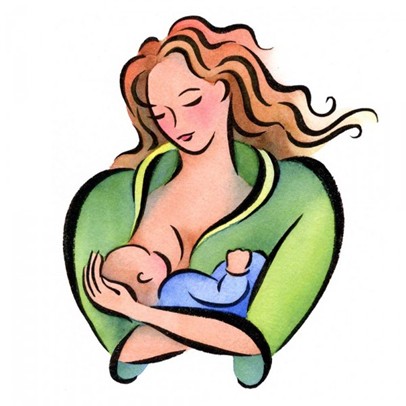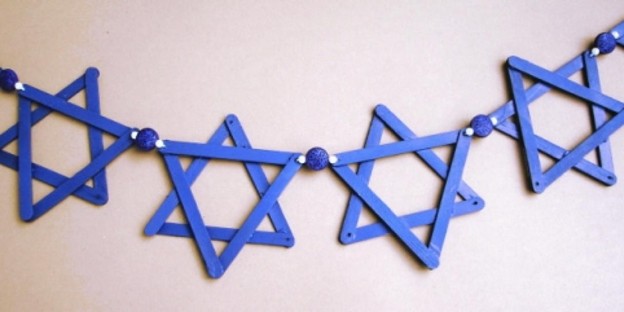Welcoming a baby into a world is a great experience, but there’s many challenges that go along with it. One challenge is whether or not you should breastfeed your child or give them formula. Breastfeeding tends to be one of the most popular options for mothers and babies because it offers the most nutrients for the child. Of course, it is also one of the cheapest feeding options. Although breastmilk is free, there are lots of accessories and storage options that can cost you a pretty penny. You shouldn’t fret though because there’s lots of great ways to save money on your breastfeeding needs, so you can spend more on your child’s needs while cutting back on your budget’s stress.

1. Utilize Insurance
When it comes to breastfeeding, insurance is absolutely on your side in this day and age. Thanks to changes in policies with insurance, breast pumps are now covered by most insurance companies. If you’re expecting, make sure to get in touch with your insurance company to see how you can request your breast pump. This alone will save you a fortune and will set you and baby off on the right foot. Some will even help you out with accessories, so you can enjoy spending even less on your feeding needs. Many insurance companies will also utilize a maternity program for women who are expecting. This program will provide you with an on-call hotline, so you can ask nurses as many questions as you’d like. These programs also provide you with free items like educational books, pamphlets and blankets.
2. Skip the Clothes
There’s a huge market for nursing clothes these days, which can really add up on your maternity spending. These clothes are exactly necessary though, so you might want to rethink them before you end up spending a lot of money. For generations, nursing clothes didn’t even exist, so finding a way to get around them won’t be a tough task. You can ask relatives what they did to help with the nursing process as they are sure to have a ton of ideas to help you out. There’s also great DIY tips to help you out with your nursing dilemma. Often, this involves altering the clothing you already have, so you can easily nurse. You may also want to choose baggier clothing to help cover your body when you’re nursing around other people. If you’re at a loss for ideas, there’s lots of topics on motherhood forums that will help you find some of the best options that have already been tested out by other mother’s.
3. Skip Storage Bags
Pumping is a big part of breastfeeding, especially if you send your child to daycare or you have family or your spouse feeding the child. This often means buying lots and lots of storage bags so you can freeze your supply for your baby. These bags can really add up though, especially if you’re buying the brand associated with your pump or other brand names. Instead of doing this, you can freeze your breast milk in ice trays. This will allow you to store them in simple resealable bags or storage containers, which will cost you next to nothing. This form of storage will make labeling dates simple too, so you won’t have to worry about leaving your supply in the freezer for too long.
4. Look for Tax Deductions
You may be surprised to learn that your breast-feeding supplies can actually help to get you a tax deduction at the end of the year. Depending on what your insurance company helps you with, you could be in for a bit of money back on your items that you purchase yourself. As always, when you go in to do your taxes bring the receipts in for the items that you’ve purchased. Your tax agent should be able to steer you in the right direction as far as a deduction goes. You can also look the information up ahead of time to see if you actually qualify. Utilizing this could really help you out financially though and will ensure you will be reimbursed for feeding your child.
5. Free Advice
Many new mothers struggle with breast feeding when they bring home a new baby. This is largely because they haven’t had the help they deserve when it comes to feeding the baby. Every infant is different, so even if you’re an experienced mother you may still run into some problems. Luckily, there’s a whole lot of free advice that you can get. After giving birth to your child, you can see a lactation consultant in the hospital to ensure your baby is latching and you know everything you need to ensure your child gets the food he or she needs. There are also many free resources online, including websites, videos and forums. If you’re having trouble with lactation you may even be able to get online and talk to a doctor in order to try to figure out the problem. Some programs will even help you out if you are low income, so talk to your doctor if you’re having trouble and see if he or she can point you in the right direction.
6. DIY Nursing Pillow
If you talk to most mother’s that are nursing, you’ll find that having a nursing pillow is about the best thing you can do for your breast-feeding adventure. The pillow helps keep your child comfortable and in a great position to nurse, which will ensure your child gets the food needed and can help with indigestion later on. The pillow is also great for mother’s too as it helps keep your posture comfortable, which is especially great after delivery. The only bad thing about this is nursing pillows can put a huge dent in your baby budget, especially if you buy brand names. By the time you’ve purchased the pillow and a couple of covers, you’ve probably already spent more than you ever thought you would on a simple pillow. Luckily, there’s a couple of hacks to help you with this problem. For instance, you can use an innertube with a cover on it to create a similar effect. You can also sew your own pillow to save money. There’s plenty of tutorials and patterns online, so don’t be afraid to dive in and try it out for yourself.
7. Nipple Care
Taking care of your nipples is essential when it comes to breastfeeding your child. If you don’t take care of them, you may find the process to be even more painful than it has to be. Many women purchase ointments before they deliver their child to help prevent pain. However, these creams can really add up and many contain chemicals in them that you may not want you or your child exposed to. There’s many healthy alternatives, like coconut oil, to help ease pain while preventing your nipples from drying out. Soap can be harsh on your nipples too, but it is the best way to keep clean. When bathing, use very little soap and always pat your nipples dry rather than wipe or rubbing them harshly. Nipple pads can always add up too, so don’t feel bad about improvising. You can use a variety of cloth to help out, including cut up socks from the missing sock drawer.
8. Milk Production
One problem many women face when it comes to breastfeeding is not having enough milk for their baby. This often leads the woman to stop breastfeeding altogether, which leads to spending a fortune on baby formula. Luckily, there’s a few things you can do to help improve the amount of milk you’re producing. In fact, there’s many foods that actually help you produce more milk. The good news is, these foods are usually on the comfort food list for most women so you won’t have to stress over eating foods you don’t like. Chocolate, for instance, can really help, especially when it comes to hot chocolate. You burn a lot more calories while producing milk too, so don’t stress over indulging a little bit. Of course, you should also keep fluids on hand at all times as maintaining hydration is the best way to keep your milk supply going strong. There’s lots of great remedies online too, so try a variety and see what works for you.
9. Utilize Aid Programs
There’s a lot of programs out there that will allow you to get some assistance if you’re having trouble making ends meet. Most of these programs are based on income, but there are some that can help you out if your child isn’t getting the nutrition needed. WIC, for instance, is based on nutrition and can give you vouchers for dairy, grains and fruits in order to help you keep up your milk supply. This will help both you and your child survive and thrive through this crucial portion of life. Your local area should have lots of information on the programs available to you, so ask your doctor or check in with a welfare office to see what you qualify for. Even if you’re not sure you’ll qualify, you should still apply just to make sure.
10. Skip Brands
Buying products for breastfeeding can be on the pricey side, but if you avoid brands you should be well on your way to saving a whole lot of money. For instance, shopping for generic bottles can help you cut back on spending. Usually, each pump has its own brand of bottles, but this doesn’t necessarily mean your baby will want to take these bottles. Instead, stick with generics in case you end up with a batch of bottles your baby won’t touch. You should also consider genetics when it comes to storing, warming and freezing your milk. Although you may want to spend more on these items, checking out reviews can help you find the best generic brands out there. Even shopping for a pump doesn’t mean you have to go for a name brand. Most of today’s pumps are designed to give you the best quality product, so you can enjoy the cheaper pumps without worrying about sacrificing quality.
Breastfeeding your baby can be one of the most rewarding experiences around. It is also a cheap way to feed your child without sacrificing nutrients. However, keeping up with breastfeeding can add to your budget and cause you to do a bit of juggling. These tips will help you cut down on your spending, while easing tension when it comes to money and feeding time.







